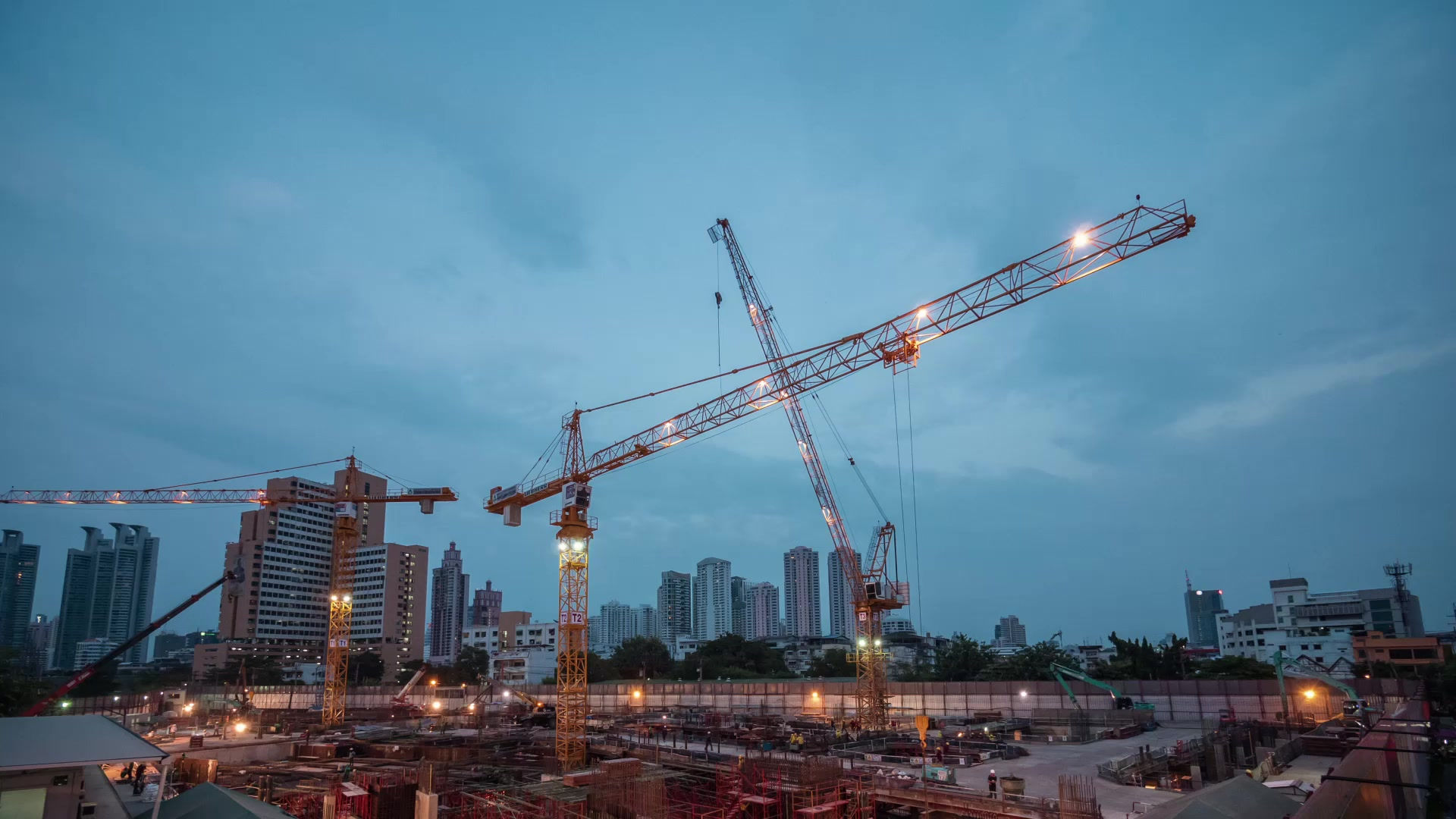Risk to Resilience – Rethinking Fire Safety Strategy
- hello34850
- May 6
- 2 min read
Compiled By: Schalk W. Lubbe

The word “resilience” is overused. But when it comes to fire risk, it’s exactly what we need to be talking about.
Most organisations view fire protection as a cost of doing business — something to manage under facilities or health & safety. But the truth is, fire risk impacts everything from operations to insurance premiums, brand equity to board-level reputation.
In my experience, the organisations that manage fire risk best are the ones that treat it not as a compliance task, but as a strategic lever.
Integrating Fire Risk into Business Continuity
A well-designed fire strategy supports far more than physical safety. It ensures that in the event of a fire — whether minor or catastrophic — the business can keep operating. Or at the very least, recover quickly and without disproportionate loss.
Ask yourself:
Do we know how long it would take to get operational again after a major fire?
Do our suppression systems protect our most critical assets — or just our infrastructure?
Have we considered how fire risk could impact suppliers, customers, or regulators?
Are our insurers confident in our preparedness — or just content with our paperwork?
These are the questions that separate resilient organisations from vulnerable ones.
The Collaborative Risk Applications Approach
At Collaborative Risk Applications, we assess fire risk as part of your broader risk ecosystem. We don’t operate in a vacuum. We look at how protection systems tie into business continuity, how they influence insurance terms, and how realistic your emergency planning really is.
And because we understand what insurers need — and how they think — we help you present your risk story in a way that builds trust, not concern.
This often includes:
Prioritising upgrades based on potential business impact, not just compliance gaps
Aligning fire strategies with insurer expectations for coverage, limits, and deductibles
Creating clear documentation and plans that support insurance renewal or placement
Resilience Isn’t an Add-On — It’s an Outcome
Fire risk doesn’t sit in isolation. It touches every part of your operation — and it should be managed with that in mind.
The role of external fire consultancy isn’t just technical. It’s strategic. When done right, it doesn’t just make your buildings safer — it makes your business stronger.
If you’re ready to move from fire compliance to fire resilience, we’re ready to help.





Comments